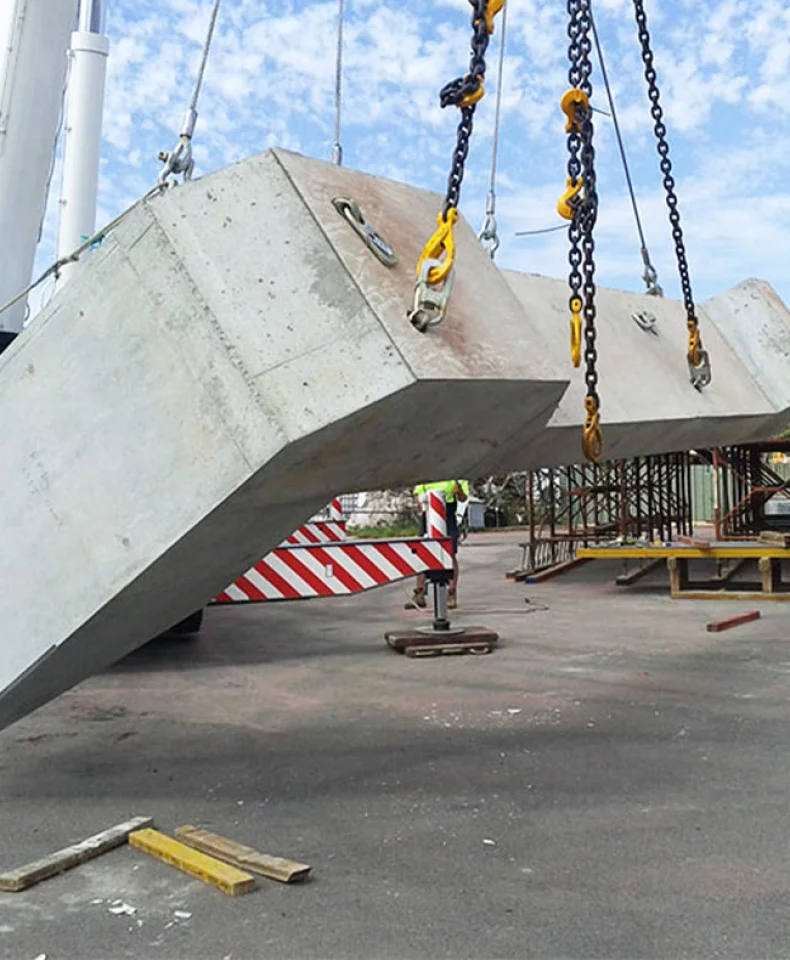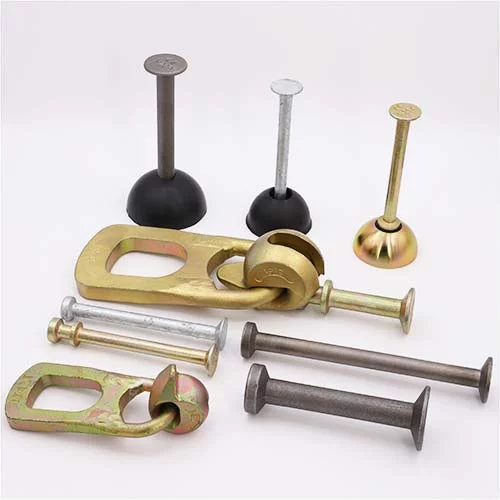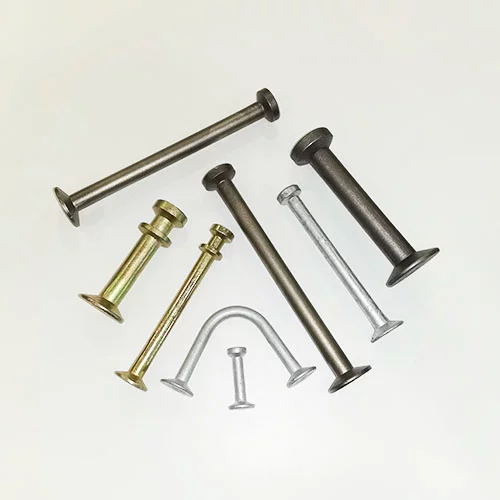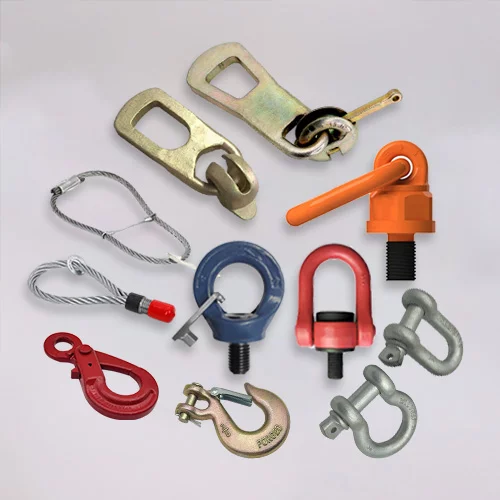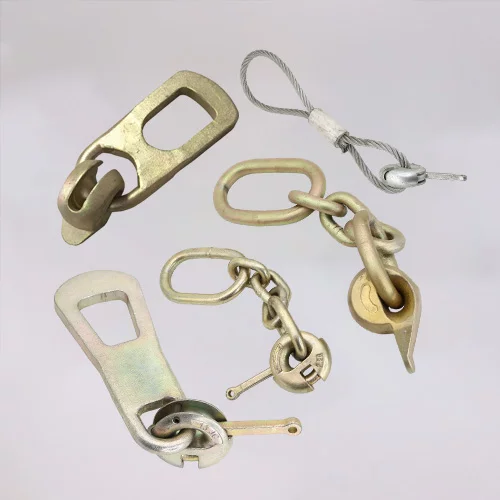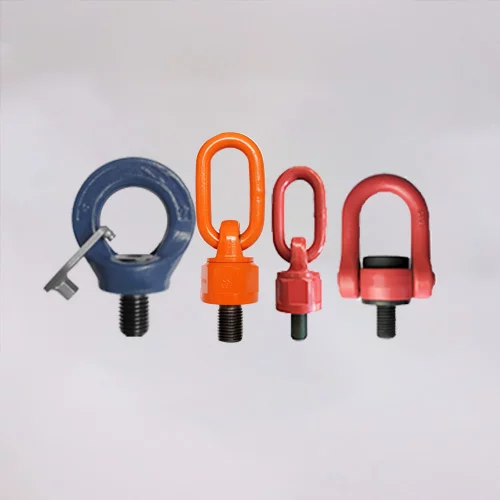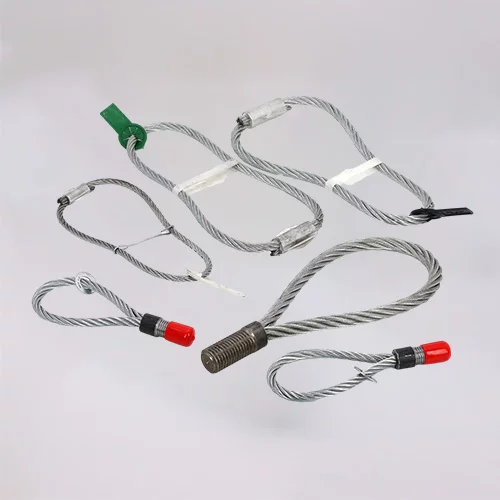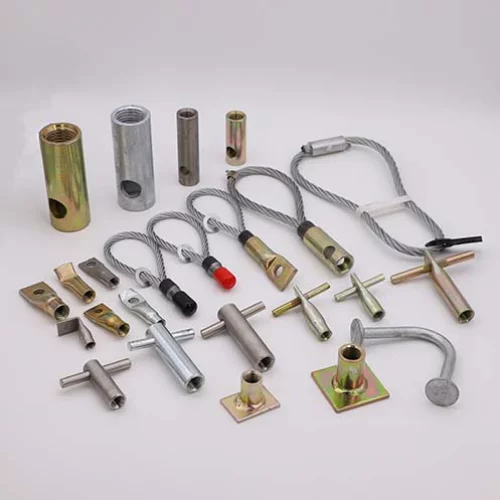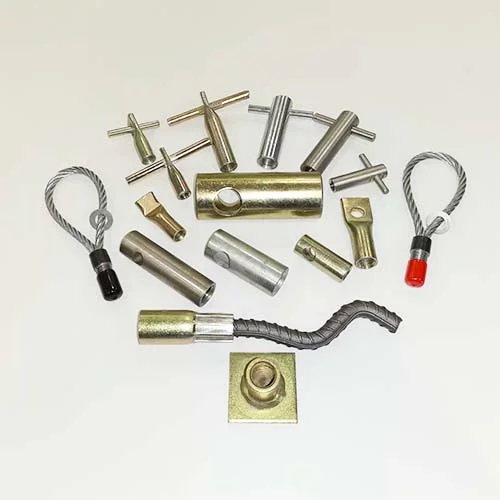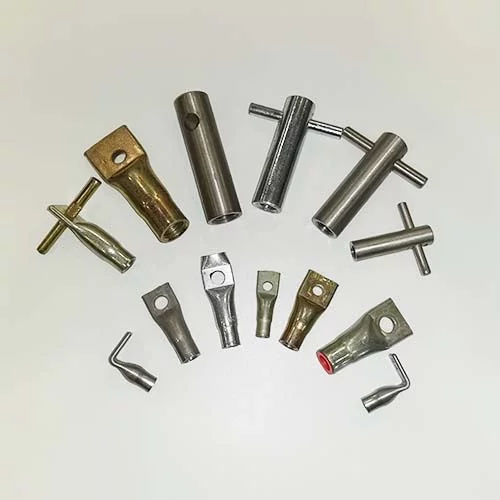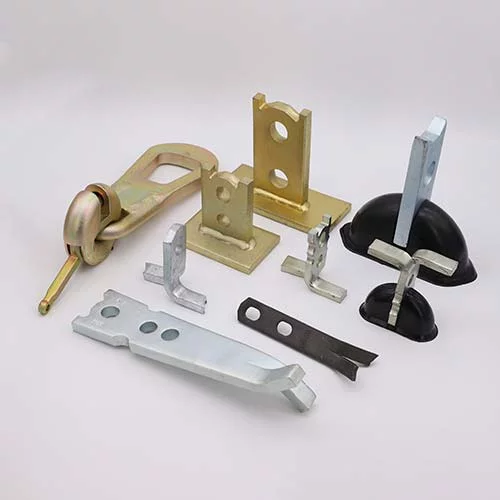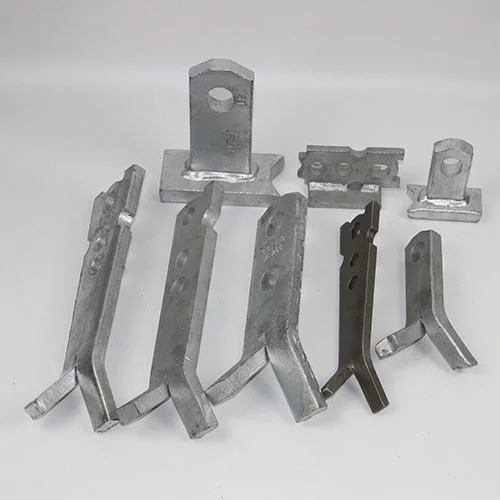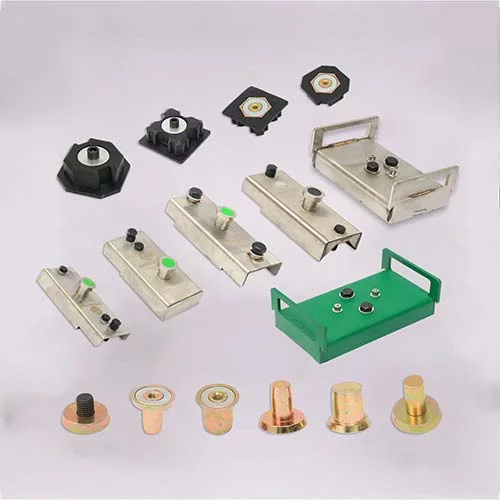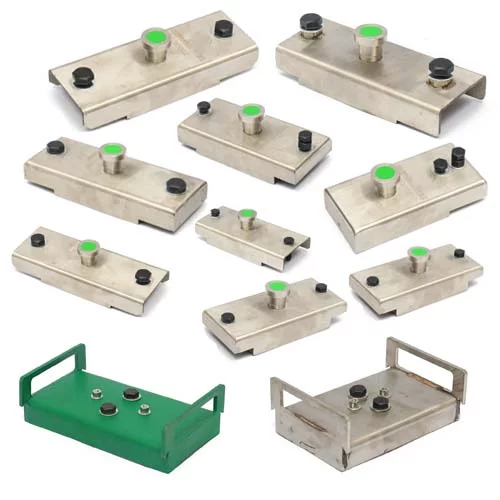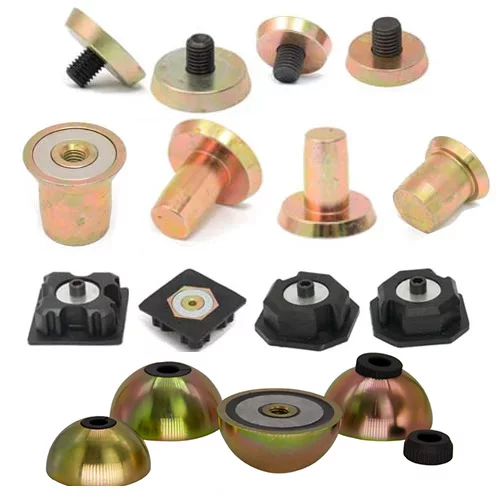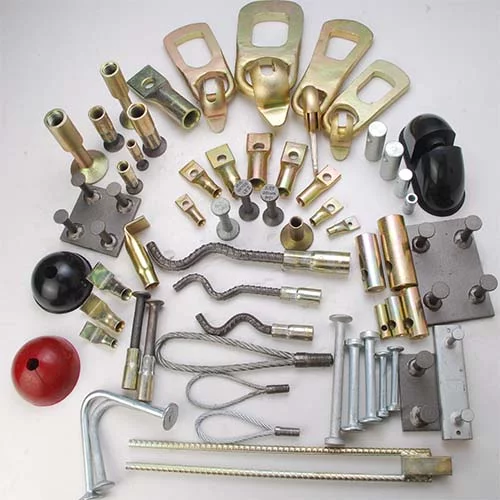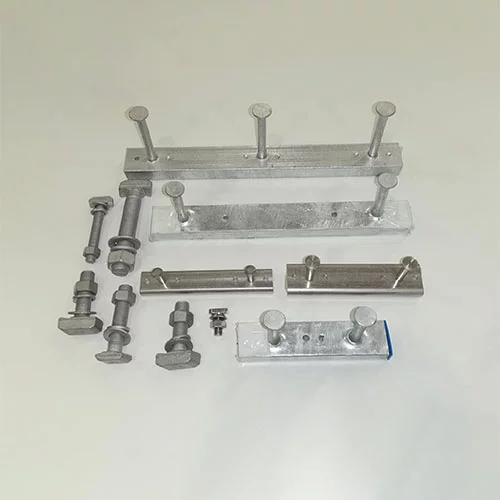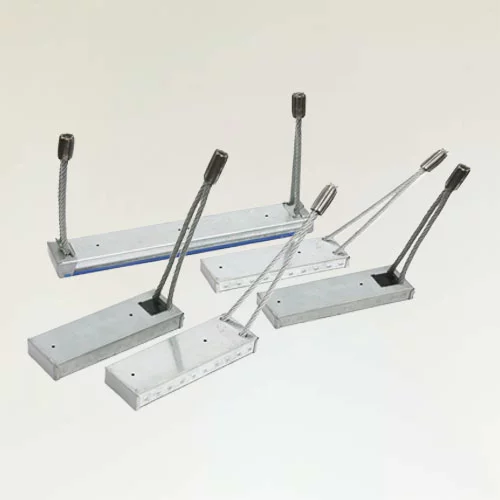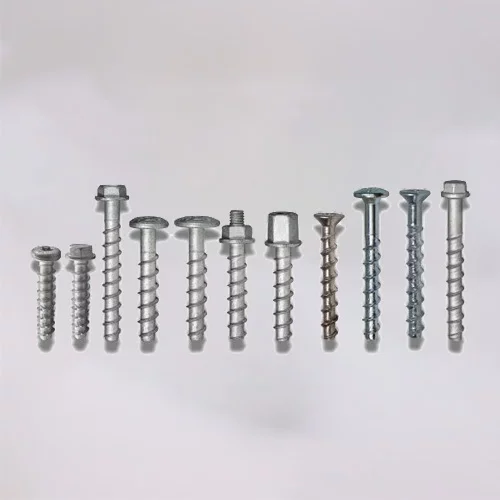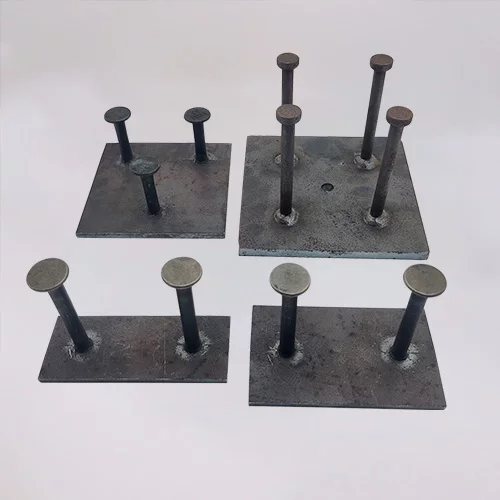How to Choose the Right Lifting Clutch for Your Precast Lifting Anchor System?

Selecting the proper lifting clutch is a pivotal decision when handling precast concrete components. The right clutch not only guarantees safety on-site but also ensures operational efficiency and protects your investment. In precast lifting anchor systems, clutches serve as the critical interface between your crane or hoisting equipment and the concrete panel. This article will guide you through every aspect—from basic definitions to real-world case studies—so you can confidently choose the right lifting clutch for your precast lifting anchor needs.
What Is a Lifting Clutch?
Definition & Function
A lifting clutch is a mechanical coupling device that attaches to the head of a lifting anchor embedded in precast concrete. It transfers the load from the concrete element to the crane hook or lifting beam. Without a reliable clutch, lifting operations become unpredictable, risking material damage or personnel injury.
Main Designs
Ring Clutch: Features a circular eye that fits over a spread anchor or ring bolt. Ideal for applications requiring rotational freedom during hoisting.
Lifting Clutch: Designed to mate with spherical-head anchors, it allows both tilt and swivel motions. Perfect for lifting panels with complex geometries or in tight installation zones.
How It Works
Lifting clutches use a combination of interlocking geometry and friction to lock onto the anchor head. As the hook or shackle pulls upward, the clutch engages and grips securely. High-quality clutches incorporate features such as ball-and-socket joints for a multi-axis range of motion, preventing undue stress on the anchor or concrete.
Critical Selection Criteria
Load Capacity & Safety Factor
Every lifting clutch must be rated for the maximum load it will bear, plus a suitable safety factor—commonly 5:1. If you need to lift a 5-ton panel, choose a clutch rated for at least 25 tons (5 tons × 5). This ensures a margin for dynamic loads, impact forces, and unexpected stresses.
Material & Corrosion Resistance
High-Strength Alloy Steel: Offers superior tensile strength and fatigue resistance. Often used in heavy-duty clutches rated above 10 tons.
Carbon Steel with Galvanization: Cost-effective and provides decent corrosion protection. Suitable for indoor or mild outdoor environments.
Stainless Steel: Optimal for marine or chemically aggressive sites, though pricier.
Rotation & Tilt Capability
Assess the degree of rotation (in-plane) and tilt (out-of-plane) required by your panel geometry and site logistics. Typical ring clutches allow 360° rotation, while spherical designs can pivot ±15° to ±30°. Matching the clutch’s movement range to your installation angles prevents binding and uneven load distribution.
Certification & Compliance
Look for these industry-standard certifications:
CE Marking: Confirms conformity to European safety and environmental regulations.
ISO 9001: Guarantees manufacturing under a certified quality management system.
TÜV / SGS Inspection: Independent validation of product integrity and load-bearing performance.
These certifications provide peace of mind that the clutch meets rigorous testing protocols and traceability requirements.
Compatibility & Customization
Every anchor system differs by head style, embedment depth, and concrete thickness. Verify that the clutch matches your specific anchor type—be it spread anchor, lifting loop, or spherical head anchor. Many manufacturers (including HULK Metal) offer customizable clutches in load capacities from 0.5 to 32 tons, tailored to your design drawings and quantity requirements.
Quality Inspection & Testing
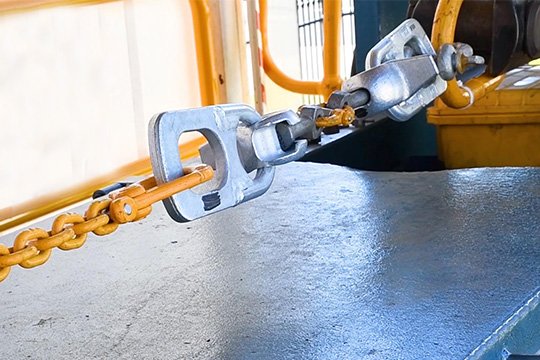
To ensure each lifting clutch meets stringent safety and performance standards, HULK Metal conducts comprehensive quality inspections, including:
Tensile Load Testing
Verifies the clutch’s ultimate load capacity and confirms the 5:1 safety factor under controlled conditions.
Magnetic Particle Inspection (MPI)
Detects surface and near-surface cracks or discontinuities in forged and machined components to prevent undetected flaws.
Dimensional & Visual Checks
Ensures critical tolerances, thread fits, and surface finishes comply with design specifications and industry norms.
Functional Performance Trials
Assesses rotation, tilt, and locking mechanisms through repeated cyclic loading to validate smooth operation and durability.
Installation & Maintenance Best Practices
Proper Installation Techniques
Clean Mating Surfaces: Remove concrete debris or corrosion from the anchor head.
Torque Settings: Use a calibrated torque wrench to tighten set screws or bolts according to manufacturer specs.
Alignment Checks: Ensure the clutch sits flush and concentric with the anchor head to avoid eccentric loading.
Routine Inspection
Visual Checks: Inspect for cracks, deformation, or excessive wear on the clutch body and locking elements.
Rotation Test: Manually swivel and tilt the clutch; it should move smoothly without binding.
Load Verification: Periodically perform proof load tests at 125% of rated capacity (if permitted) to validate performance.
Preventive Maintenance Tips
Lubrication: Apply a light coat of anti-seize grease to swivel joints every 3–6 months, or per site conditions.
Component Replacement: Replace locking balls, springs, or set screws as soon as wear exceeds manufacturer tolerances.
Storage: Store clutches in a dry, covered area when not in use, and keep them off the ground to avoid moisture ingress.
Case Studies & Real-World Examples
Case Study 1: High-Capacity Ring Clutch for Large Panels
Project: A 20-story commercial façade in Dubai required lifting 12-ton precast wall panels.
Challenge: Precise alignment at height and rotational freedom during hoisting.
Solution: HULK Metal’s 25-ton ring clutch (5:1 safety factor) with 360° rotation and CE certification.
Outcome: Zero alignment issues, smooth rotations, and on-time installation.
Case Study 2: Spherical Clutch in Harsh Environments
Project: Offshore platform concrete modules, each weighing 8 tons.
Challenge: Marine corrosion and tilt demands due to confined crane booms.
Solution: Stainless steel spherical clutches with TUV certification and ±30° tilt capability.
Outcome: No corrosion after 12 months of cyclic salt-spray exposure; safe tilt maneuvers in narrow rig spaces.
Lessons Learned: Matching clutch design to site demands and environment prevents downtime and maintains safety under challenging conditions.
Why Choose HULK Metal
Choosing the right lifting clutch for your precast lifting anchor system hinges on thorough evaluation of load capacity, material properties, movement range, and industry certifications. Proper installation and maintenance further ensure safety and longevity.
Certified Quality: ISO 9001-certified factory, CE marking, TUV/SGS inspection.
Wide Load Range: Customizable capacities from 0.5 to 32 tons with a 5:1 safety factor.
Premium Materials: High-strength alloy steel and galvanized carbon steel options for every environment.
End-to-End Service: From design and production to logistics and after-sales support—HULK Metal delivers on time and on spec.
Selecting the right lifting clutch is essential for ensuring safe, efficient, and reliable precast lifting anchor operations. By carefully evaluating load capacity, material properties, rotational and tilt capabilities, and industry certifications, you can minimize downtime and enhance on-site productivity. Regular inspection and maintenance will extend clutch service life and safeguard your investment. HULK Metal’s ISO 9001-certified manufacturing, comprehensive product range from 0.5 to 32 tonnes, and dedicated technical support guarantee a solution tailored to your project requirements. Partner with HULK Metal today to optimize your lifting system and achieve consistent success on every precast installation.
Article Navigation
PRECAST CONCRETE ACCESSORIES
Other Precast Concrete Accessories You Might Want to Know
You can click to learn more about HULK Metal precast concrete accessories such as lifting anchors, precast sockets, spread anchors, shuttering magnets, cast-in channels, wire loop boxes, and other precast concrete accessories you might want to know.
